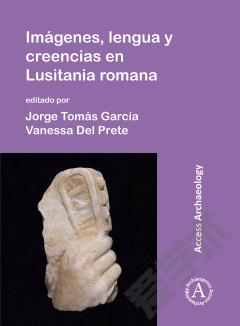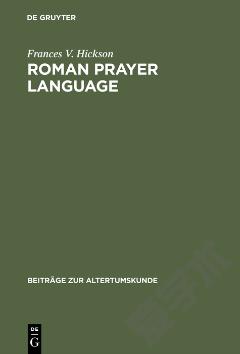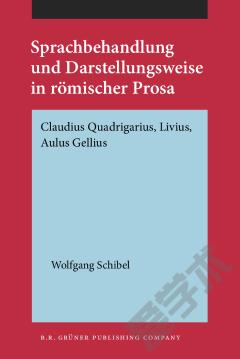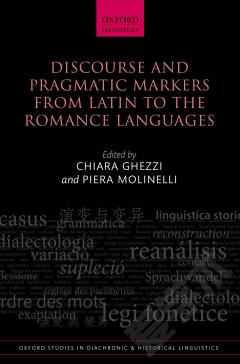Imágenes, lengua y creencias en Lusitania romana
This publication considers the visual, linguistic and religious culture of the Roman province of Lusitania. Roman influence was especially notable in religion and artistic manifestations. It was in the cities where the Lusitanians acquired Roman civilization: they learned Latin, the Frankish language of the peninsula; they were introduced to the Roman administration and religion; and in the third century, when Rome converted to Christianity, so did the Lusitanians. The Latin language was imposed as the official language, functioning as a binding factor and communication between different peoples. Being a fairly large area and lacking a unified state that promoted a particular language in administration or education, different languages ??coexisted simultaneously in Hispania. The subjects continued to use their native languages, although official business was conducted in Latin or Greek. Indigenous religions persisted, although sacrifices were offered everywhere for the emperor and the gods of the Roman pantheon. Visual culture also reflected the hybrid character of provincial civilization. Images of a Roman style and subject matter circulated widely, and yet the craftsmen and consumers of the provinces maintained their own traditions, adopting Roman techniques and tastes as they pleased. The papers in this volume establish a broad and generous view of the relationship between images, languages and religious culture within Lusitanian society.|La presente publicación pretende suponer un acercamiento transversal y generoso a la cultura visual, lingüística y religiosa de la provincia romana de Lusitania. La influencia romana fue especialmente notable en la religión y en las manifestaciones artísticas. Las ciudades fueron una de las instituciones más importantes impuestas a Lusitania durante la ocupación romana. Fue en las ciudades donde los lusitanos adquirieron la civilización romana: aprendieron latín, la lengua franca de la península; fueron introducidos a la administración y religión romanas; y en el siglo III, cuando Roma se convirtió al cristianismo, también lo hicieron los lusitanos. La lengua latina se impuso como la lengua oficial, funcionando como factor vinculante y comunicación entre los diferentes pueblos. Al ser un área bastante grande, y al carecer de un estado unificado que promoviera un idioma determinado en la administración o la educación, en Hispania convivieron diferentes lenguas simultáneamente. Los sujetos siguieron usando sus idiomas nativos, aunque los negocios oficiales se realizaron en latín o griego. Las religiones indígenas persistieron, aunque los sacrificios se ofrecían en todas partes para el emperador y los dioses del panteón romano. La cultura visual también reflejó el carácter híbrido de la civilización provincial. Las imágenes del estilo y el mensaje romanos circulaban ampliamente y, sin embargo, los artesanos y los consumidores de las provincias mantenían sus propias tradiciones, adoptando las técnicas y los gustos romanos como les convenía. Este y otros problemas están recogidos en los capítulos de esta obra, que permite establecer una mirada amplia y generosa sobre la relación entre las imágenes, la lengua y la visión religiosa y cultural de la sociedad lusitana. Los autores de este volumen tratan así de entender este panorama tan complejo, utilizando con gran énfasis las imágenes y el lenguaje, fuentes de relevancia para acometer una visión transversal de la cultura y religión de Lusitania.
{{comment.content}}








 京公网安备 11010802027623号
京公网安备 11010802027623号